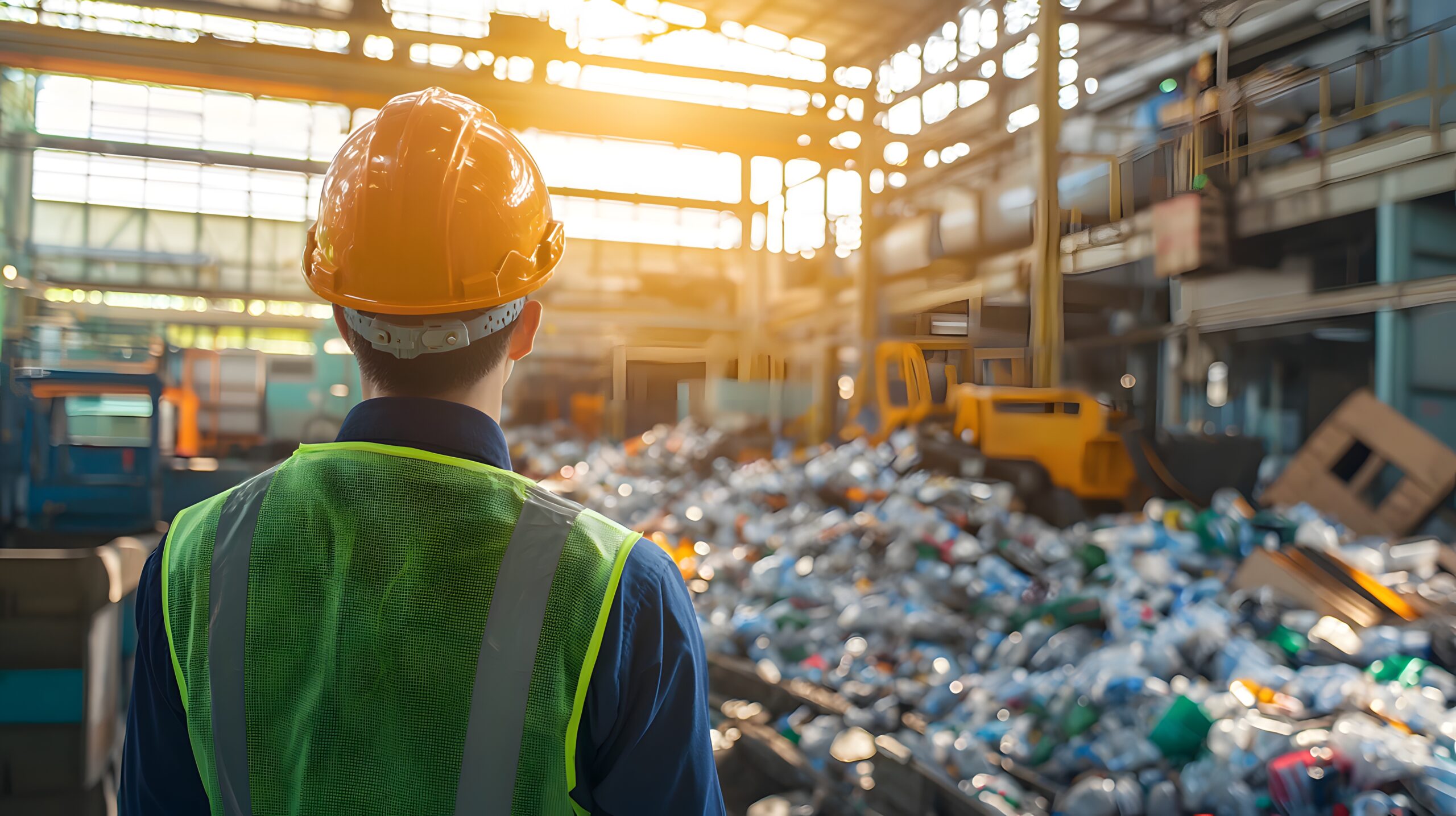Waste That’s Hiding in Plain Sight
When people think about waste management, they often picture garbage trucks, recycling bins, and maybe the occasional debate about plastic straws. But there’s one category of waste that’s quietly piling up and rarely gets the attention it deserves: organics.
I’m talking about food scraps, yard clippings, and other biodegradable materials that make up a surprisingly large percentage of what ends up in our landfills. In fact, in many municipalities, organic waste accounts for more than 30% of the total waste stream. That’s a massive number, especially when you consider how avoidable and reusable much of it is.
As someone who has worked in solid waste management for years, often in coastal and island communities where resources and space are limited, I’ve come to see organic waste not as a problem to manage but as an opportunity to innovate.
What Happens When We Ignore Organics
Let’s start with what happens when food and yard waste go to the landfill. It decomposes, yes, but not in a good way. Without access to oxygen, this organic matter breaks down anaerobically, producing methane, a greenhouse gas many times more potent than carbon dioxide.
In other words, every banana peel or pile of grass clippings that gets buried in a landfill contributes to climate change. It’s ironic, really. These are natural materials that could be composted into something beneficial for the environment, yet they often become a major source of environmental harm.
In regions that are already vulnerable to the effects of climate change, like coastal cities or small island nations—the impact is magnified. Rising seas, more extreme storms, and increasing costs of energy and food make it all the more important that we address avoidable emissions wherever we can. That includes rethinking how we manage organic waste.
A Missed Opportunity for Resilience
I’ve always believed that solid waste management systems are about more than just trash. They’re about infrastructure, community health, environmental justice, and long-term resilience. And when it comes to building resilient systems, organics hold a lot of promise.
Think about it: composting diverts waste from landfills, reduces emissions, and produces a valuable soil amendment. That compost can then be used in local agriculture, landscaping, or erosion control projects. In island settings, where importing soil or fertilizer can be prohibitively expensive, compost becomes even more valuable.
We’ve seen this firsthand in several pilot projects. When communities embrace composting, they often end up with stronger local food systems, more green jobs, and healthier soil. It’s a win-win on multiple fronts.
But unlocking those wins takes planning, leadership, and education. People need to understand why it matters. They need tools: bins, drop-off convenience centers, or curbside collection. And above all, they need support from local governments that see organics as a priority, not an afterthought.
Innovation at the Community Level
One of the most exciting developments I’ve seen recently is how smaller communities are leading the charge on organics. In places where large-scale infrastructure isn’t feasible, local entrepreneurs and community groups are stepping in with creative solutions.
Backyard composting programs. Partnerships with schools or farms to turn waste into resources. These aren’t huge, flashy projects, but they’re making a difference. And they’re doing it in ways that reflect the unique needs and capacities of each community.
We don’t need to wait for federal mandates or billion-dollar budgets to start making progress. A lot of this comes down to mindset. If we start thinking about food and yard waste not as garbage but as a resource, then the rest starts to follow.
In my own work, I’ve pushed for more attention to organics in both the planning and operational phases of waste management. That means factoring in composting facilities when we design transfer stations, building relationships with local farmers, and budgeting for public outreach that speaks to everyday concerns.
A Personal Commitment to Change
At this stage in my career, I’ve come to realize that the real work isn’t just about hauling waste or hitting diversion targets. It’s about changing systems, and changing minds.
Food and yard waste may seem mundane, but they’re central to the future of sustainable infrastructure. If we get organics right, we take pressure off our landfills, lower our emissions, and reinvest in the health of our communities.
It’s not always easy. Composting programs require coordination and buy-in. There are questions about contamination, costs, and convenience. But the upside is enormous. And the tools to get there are already within reach.
Digging Into the Future
There’s an old saying: the best time to plant a tree was 20 years ago. The second-best time is now. The same goes for transforming how we manage organic waste.
We’ve spent decades burying this problem, literally. But it doesn’t have to stay buried. With thoughtful planning, community involvement, and a commitment to innovation, we can bring organic waste out of the margins and into the center of our sustainability efforts.
Because sometimes, the biggest changes start with the smallest scraps.
